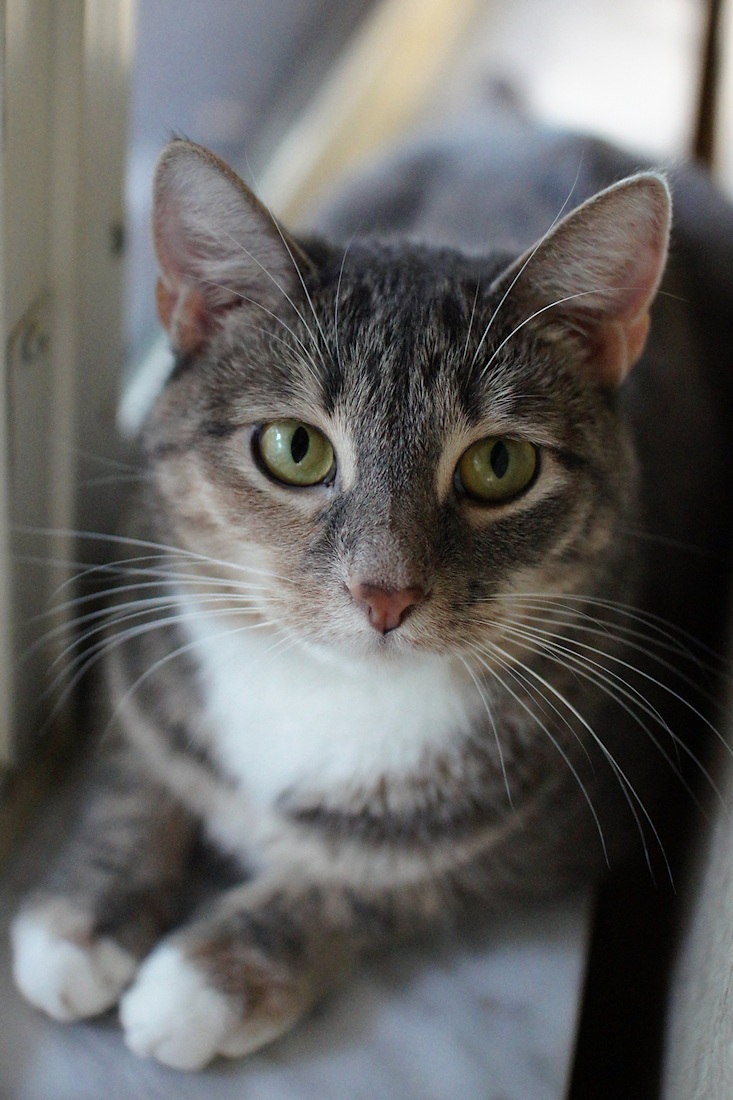zackiedawg
WEDway Peoplemover Rider
- Joined
- Aug 5, 2008
- Messages
- 4,207
First off, just to clarify one thing that some people here have stated: On almost any camera ever built, there CAN be noise at ISO100. While the rule has always been to stick to the lowest ISO to avoid noise, and find the camera's 'native' ISO as a good starting point, there are many other factors that contribute to noise, and it is possible to find noise in low ISO shots.
Blue channel and green channel noise are the most likely types for many cameras - areas with those colors, viewed 100%, will most often show noise at low ISOs. It can be avoided, and generally isn't noticeable, but pump up a RAW photo to 100% with no noise reduction applied, and you can often find fine noise in a blank blue sky shot. That noise can be worse, or can be almost invisible.
Noise lives in underexposure. Underexpose a shot, or take a shot with significant underexposed areas, and there's a high likelihood of finding noise there, even when shooting at ISO100. Again, what some people refer to as 'no noise', others may refer to as 'unacceptable noise', and everything in between...some people are determined pixel peepers and blow up their photos huge and look at them on huge high res monitors, scouring for any trace of it, while others only notice noise when it's bad enough to show up at their normal viewing levels in some blank or neutral color area. But underexposure is a much bigger key factor in generating noise than just ISO. It's the reason some people can post ISO3200 shots that have extremely little noise, while someone else posts an ISO800 shot that looks like a bad 1970's TV with a broken rabbit-ear antenna. A perfectly exposed ISO3200 shot can look MUCH better than a poorly exposed ISO800 shot. Even ISO100, when underexposed, can start to reveal noise, though usually very small grained and faint, and easy to remove without damage to details.
The OP's shots are clearly underexposed...so noise wouldn't surprise me at all. If you don't think there is any such thing as noise at ISO100, simply type that into Google and see if anything comes up: "ISO 100 noise"). I'll give you a spoiler and let you know that the search WILL return results - and it will include posts about T2s, 7Ds, K5s, 1D3s, D7000s, D90s, A350s...you name it.
Sometimes the standard processing algorithms of the JPG engine in the camera will reduce or cover up the noise seen in the RAW...other times the JPG engine can actually create worse noise than the RAW...it all depends on the camera and the settings. If the photo has something like simple blue-sky noise, sometimes the JPG engine can clean it up a bit. If the shot is underexposed and the RAW still looks fairly noise-free, sometimes dynamic range optimizers, shadow boosters, highlight priority systems, etc built into cameras are applied to generate the JPG, and can boost noise that otherwise wasn't noticeable.
Blue channel and green channel noise are the most likely types for many cameras - areas with those colors, viewed 100%, will most often show noise at low ISOs. It can be avoided, and generally isn't noticeable, but pump up a RAW photo to 100% with no noise reduction applied, and you can often find fine noise in a blank blue sky shot. That noise can be worse, or can be almost invisible.
Noise lives in underexposure. Underexpose a shot, or take a shot with significant underexposed areas, and there's a high likelihood of finding noise there, even when shooting at ISO100. Again, what some people refer to as 'no noise', others may refer to as 'unacceptable noise', and everything in between...some people are determined pixel peepers and blow up their photos huge and look at them on huge high res monitors, scouring for any trace of it, while others only notice noise when it's bad enough to show up at their normal viewing levels in some blank or neutral color area. But underexposure is a much bigger key factor in generating noise than just ISO. It's the reason some people can post ISO3200 shots that have extremely little noise, while someone else posts an ISO800 shot that looks like a bad 1970's TV with a broken rabbit-ear antenna. A perfectly exposed ISO3200 shot can look MUCH better than a poorly exposed ISO800 shot. Even ISO100, when underexposed, can start to reveal noise, though usually very small grained and faint, and easy to remove without damage to details.
The OP's shots are clearly underexposed...so noise wouldn't surprise me at all. If you don't think there is any such thing as noise at ISO100, simply type that into Google and see if anything comes up: "ISO 100 noise"). I'll give you a spoiler and let you know that the search WILL return results - and it will include posts about T2s, 7Ds, K5s, 1D3s, D7000s, D90s, A350s...you name it.
Sometimes the standard processing algorithms of the JPG engine in the camera will reduce or cover up the noise seen in the RAW...other times the JPG engine can actually create worse noise than the RAW...it all depends on the camera and the settings. If the photo has something like simple blue-sky noise, sometimes the JPG engine can clean it up a bit. If the shot is underexposed and the RAW still looks fairly noise-free, sometimes dynamic range optimizers, shadow boosters, highlight priority systems, etc built into cameras are applied to generate the JPG, and can boost noise that otherwise wasn't noticeable.


